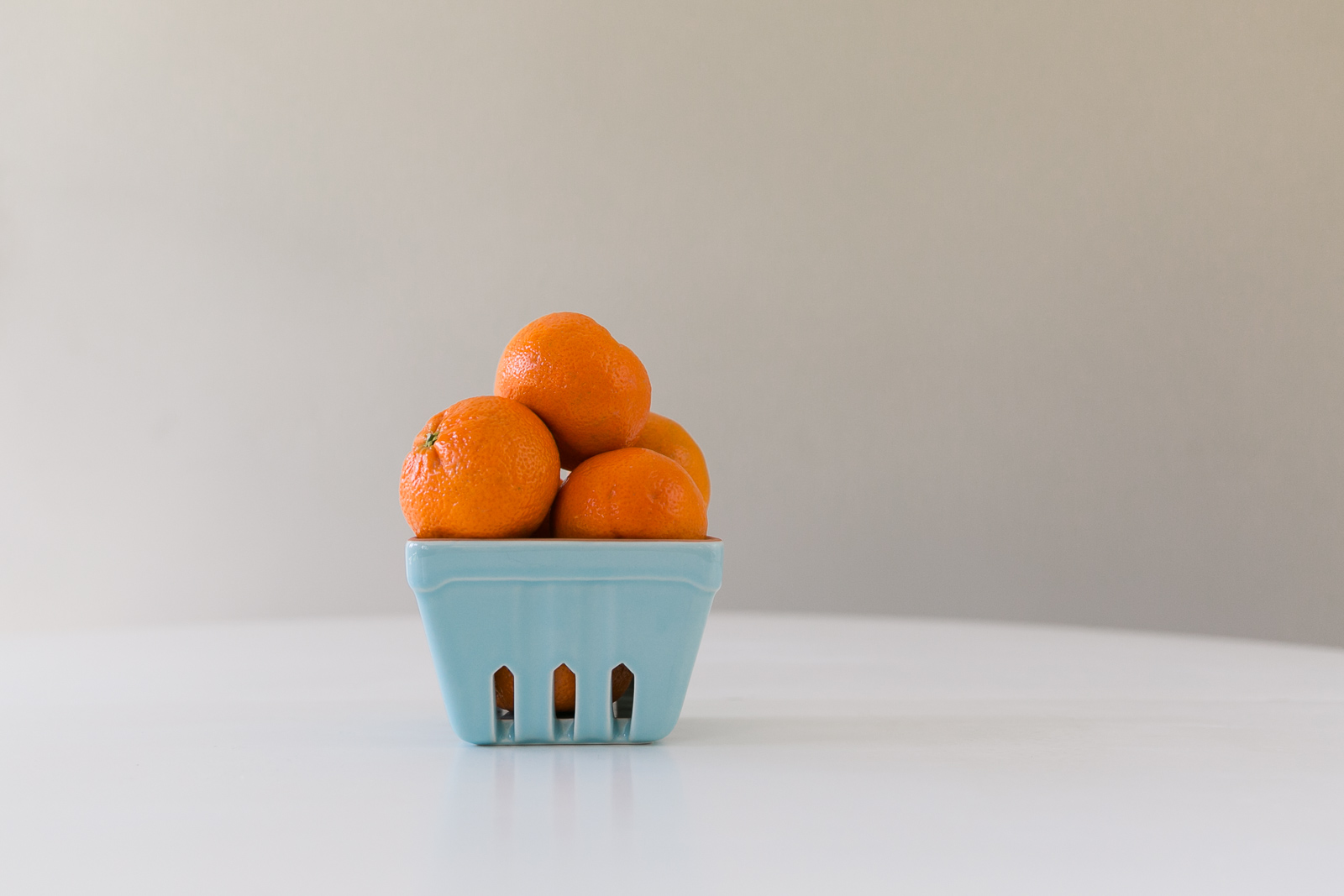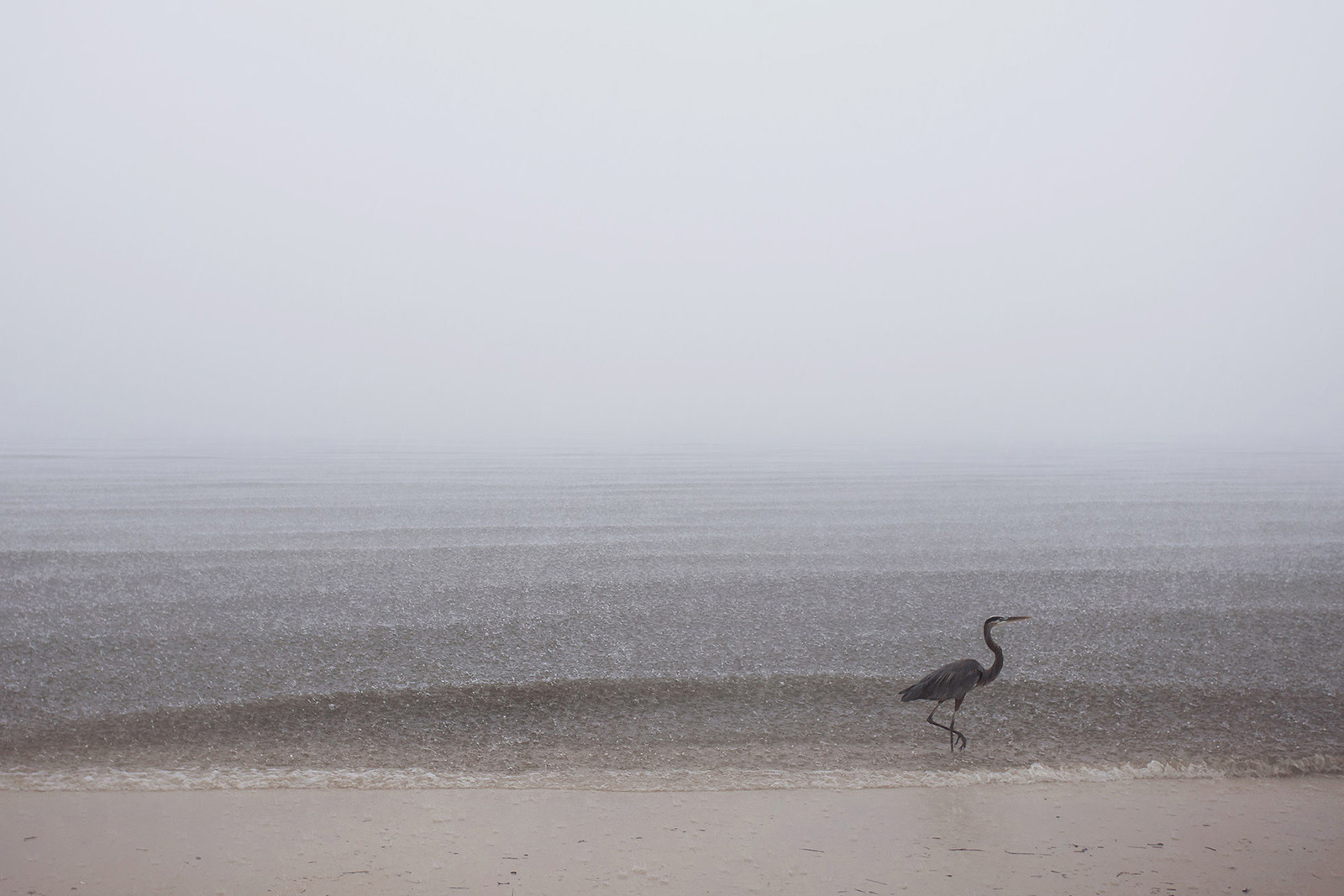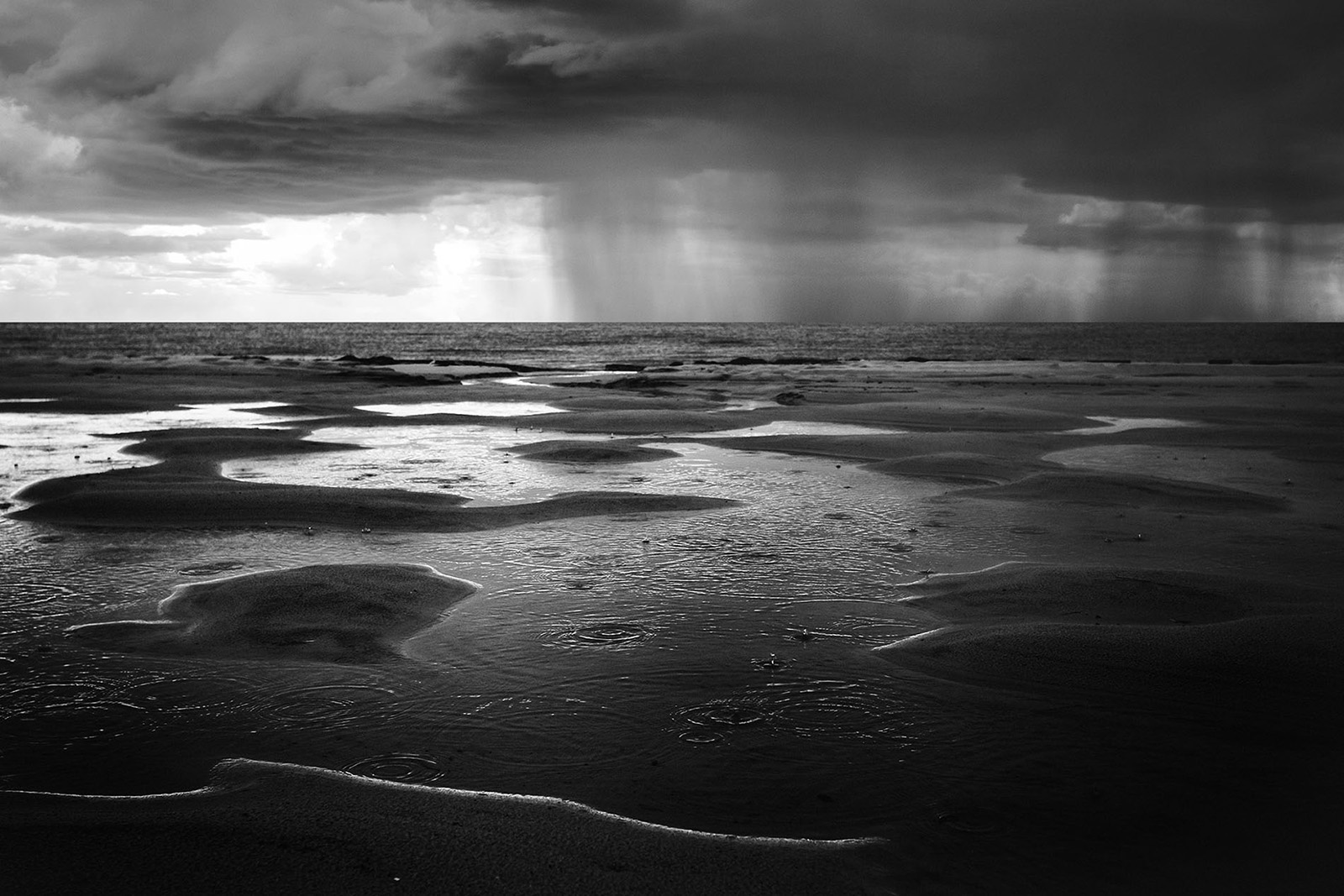You’ve got your camera and your lens. Maybe even a flash.
Basic photo equipment- check!
But wait, there’s more!
When it comes to photo gear, there’s a whole world of nifty items out there just waiting to make your acquaintance. From apps to straps, here are a few things you might want to consider adding to your photo wish-list!
1. Polarizing filter
Have you ever worn a pair of polarized sunglasses and noticed the sky was more vivid and the world just seemed a bit more colorful? A polarizing filter is like a pair of sunglasses for your camera – it darkens skies to a deeper blue and reduces haze and glare so that outdoor images in bright light pop with color instead of looking washed out.
As a bonus, it also offers protection to your lens from scratches. A polarizing filter is perfect for keeping vibrant colors in your images when shooting in bright sunlight, and a hood loupe (#6) can help you to check those images on your LCD screen.
Good to know: Most filters screw onto your lens, so look for the mm diameter of your lens to know which size will work for you. Cost varies a lot; you can pick up a low-end polarizing filter for around $ 10 to start, or splurge on a top-notch one around $ 1,000, but there are plenty of highly rated filters in the $ 50-$ 100 range that will give you beautiful results.

2. Camera bag
If you are going to take photos, you need to carry your gear with you, of course! Perhaps more of an accessory than gear but necessary none the less, the hardest thing about camera bags is deciding whether to go fashionable or practical.
Camera bags differ from other types of bags and backpacks by including special padding for protection and space saving design so you can carry more with you. They also usually have places to stash necessities like memory cards, lens wipes and extra batteries. I like the Shootsac, Kelly Moore’s 2 Sues, and the Lowepro Flipside backpack.
Good to know: Prices vary from inexpensive backpacks to quite pricey couture bags. An alternative can be to buy a padded insert to hold your lenses (check stores on Etsy for a start) and use a sturdy tote or large purse for a one-of-a-kind, functional bag.
3. Remote
There are several different types of camera remotes but they all do the same basic thing – allow you to take a photo without having to press the shutter button. Some plug into your camera, some are wireless devices, and if your camera has WiFi, you can even download apps that function as remotes!
Using a remote allows you to get in front of the camera instead of always being behind it, and can be really essential for some genres like macro, landscape or astrophotography.
Good to know: Remotes are super useful and very inexpensive, often priced less than $ 10 for a device and a dollar or two for an app. Some of the apps not only work the shutter, but also let you control camera settings and focus right from your phone!
4. Tripod
Tripods are helpful in all sorts of situations, like taking a photo with a slower shutter speed to eliminate any movement of the camera, or even for taking “selfies” and getting in the frame on images with your “big” camera.
Good to know: There are travel tripods that are lighter and smaller if you plan to take it on the go, or the bigger varieties that are a bit sturdier and less susceptible to wind outdoors. Like filters, there is also a wide range of prices but expect to find a solid tripod in the $ 200 range.
If you have a mirrorless camera, check out the flexible tripods that can be shaped and hooked onto almost any surface. There are also one legged “monopod” alternatives if you’re just looking to add stability to your shooting.

5. HoodLoupe
If you’ve never heard of this one, you aren’t alone, but I’m happy to let you in on this lesser known secret. HoodLoupes are devices that shield sunlight from your LCD screen so you can see an image on your display clearly in bright light.
They are often used by videographers but are an outstanding addition to the natural photographer’s gear. Small and lightweight, once you try one you will probably wonder how you ever shot in sunlight without it.
Good to know: They come in different sizes to fit your screen exactly, and have an adjustable diopter just like a viewfinder. You can either wear it on a strap around your neck or affix it to your camera with an optional strap. Prices average around $ 80 or so.
6. Reflector
In photography, light is everything. Reflectors bounce light, giving you a way to add light, fill in shadows or produce catchlights in challenging light.
They come in a number of colors (gold, silver, white, translucent) each giving the bounced light a different quality so you can customize the look of the light to warm, contrasty, natural or softened. They come in a variety of sizes and many of them collapse down to a very small size for portability.
Good to know: Cost for most reflectors will be reasonable, but there are some DIY alternatives to purchased reflectors too.
A piece of white foam core board or even a white sheet can work wonders. Black reflectors absorb light instead of reflecting, a process called flagging, and can be used to add drama or moodiness to low-key images.
In the following photos from Kristin Dokoza, you can see the difference a reflector to the right side of the camera can make.


7. A good camera strap
To me, the perfect camera strap combines form and function, comfort and design – you will look good and save your shoulders/neck from discomfort at the same time.
Whether you prefer the strength of leather or the comfort of a padded or scarf strap, the options are endless. Crossbody, holster and wrist straps are also popular.
Good to know: Between sites like Etsy and Pinterest and online and local photography stores, you should have no problem finding options for hand-crafted artisan straps and heavy-duty no-nonsense varieties. Prices run the gamut, but are generally in the $ 25-50 range.
8. Camera rain gear
Camera rain gear will protect your camera and lens from contact with rain or spraying water, allowing you to keep shooting no matter what the weather is like.
While many cameras are “weather sealed,” there is a limit to how much exposure to water they can take without being damaged, and that limit is not something anyone is enthused to test.
Good to know: In a pinch you could always try a plastic bag to cover your camera from the elements, but for around $ 10 you could buy rain gear that is designed to cover your gear safely and snugly while still easily being able to shoot – definitely worth the small investment. There’s hands-free rain gear options, too.


9. Lens cap leash
The answer to the age-old question of what to do with your lens cap while shooting. If you’ve ever put down a cap somewhere and left it behind, or got home from a shoot only to find you’ve been walking around town with that lens cap tucked into your bra all day, a lens leash might be just what you need!
Some call them cap savers, and designs vary, but bottom line is one end will attach to your lens and the other will stick to the cap to keep track of it.
Good to know: These little items only cost a few dollars and can save you much more in replacement lens cap costs.
SHOP THIS POST:
Happy shooting!

The post Camera? Check! Lens? Check! What other photo gear do I need? appeared first on Clickin Moms.
















